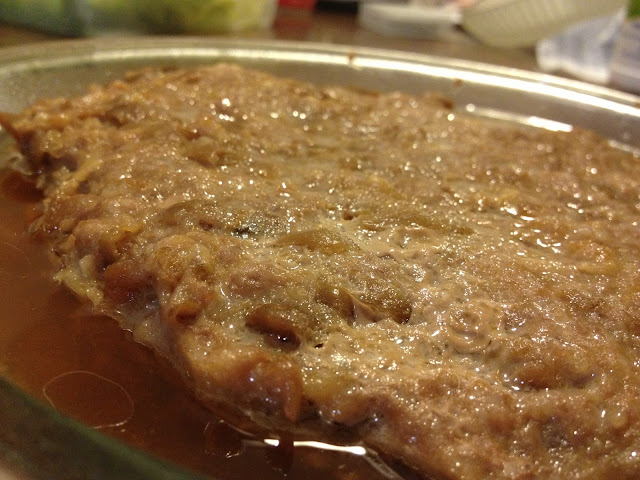Matcha craze
For the British people, tea is the tipple to turn to in times of crisis. Not that I've been experiencing any crisis personally, but there's definitely something hovering in the air this week as so much of the east coast of America is being affected by the Frankenstorm Sandy. Ohio state barely escaped from a direct onslaught by the storm, nevertheless the weather turned icy cold in the past few days and and has been unpleasantly damp, grey and depressing. I'm sure the sudden change in weather has got something to do with the hurricane that is wreaking so many people's lives right now. My thoughts are with those families out there whose lives are being turned upside down by this calamity.
Maybe I'm deluding myself, but I feel like it's because of the depressing weather that I got myself into a green tea craze lately. I revisited my green tea butter cake, made lots of green tea biscuits, and am sipping a cup of green tea latte right now as I'm writing at 2am. It's really comforting - I just hope that I will be able to fall asleep tonight!
The green tea biscuits that I make are the kind that you'd want to nibble on quietly with a cup of tea




























